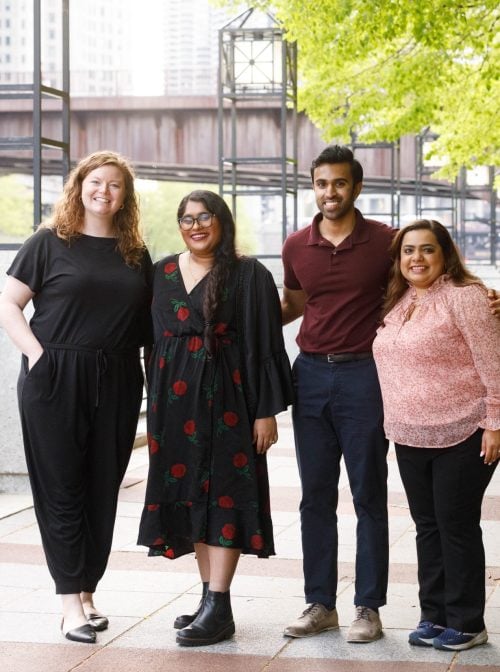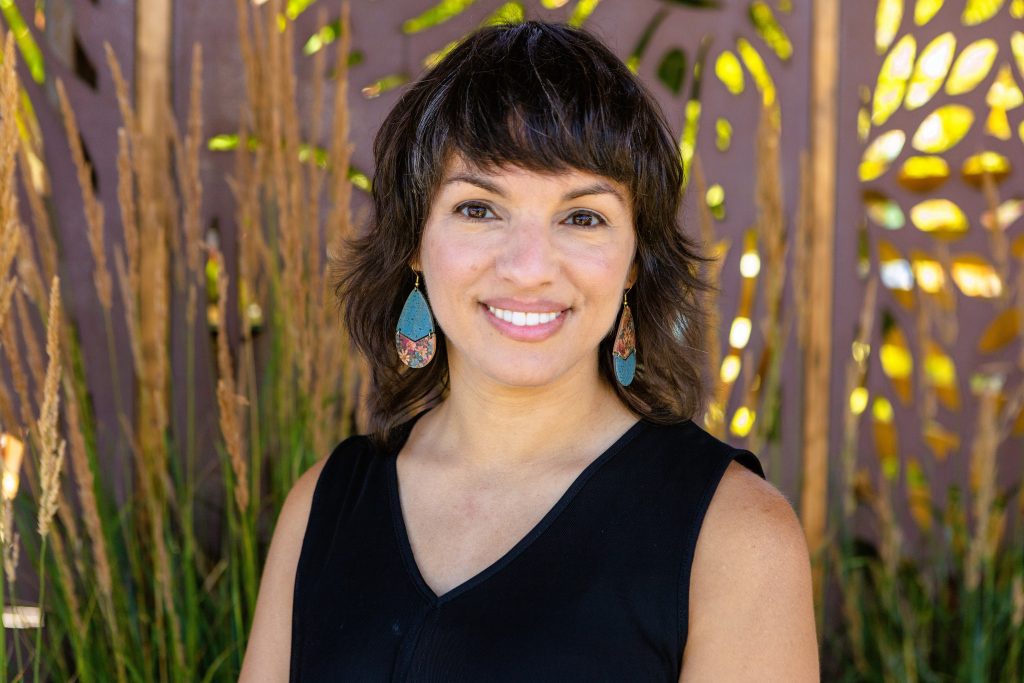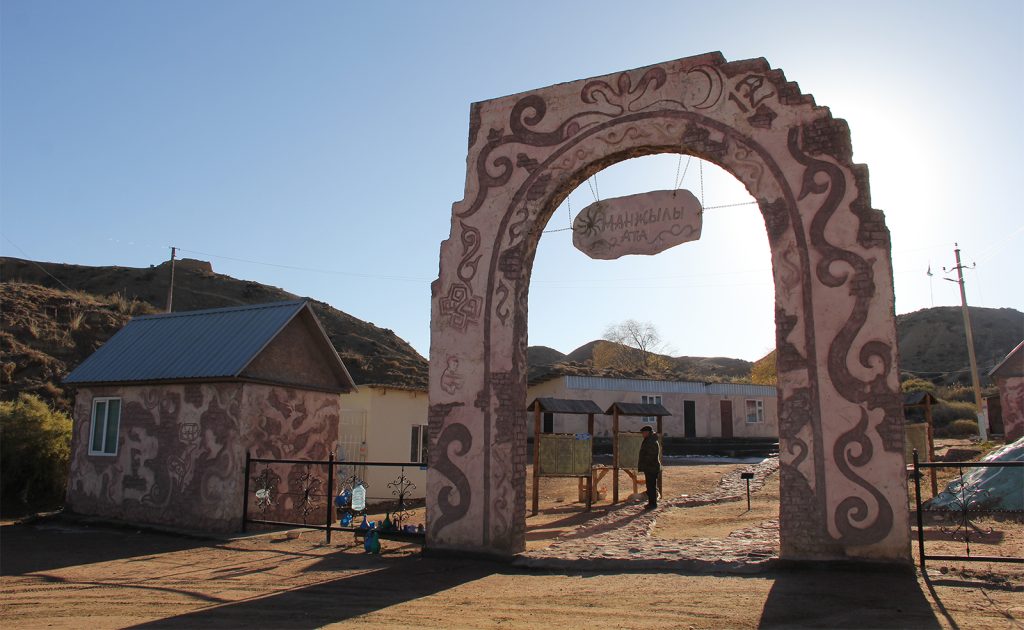Facilitating interfaith work as a college student was an extraordinary experience. Regularly, you’d find me seated at a conference room table, surrounded by ten passionate interfaith leaders and friends. United in our pursuit of serving our campus community, we would collaboratively plan out our interfaith projects.
While I may not have the luxury of living within walking distance of numerous interfaith leaders as I did in college, the magic of collaborative strategic planning for interfaith projects remains strong. I recently had the pleasure of connecting with another remarkable interfaith leader, Anastasia Young, to conduct our strategic planning session.
In this session, we outlined our respective projects, discussed logistics, and provided each other with feedback, generating innovative ideas to consider. I found this exercise helpful and encourage you to do it, too. If you are interested in organizing your strategic planning sessions for your interfaith projects, here is a 10-step guide to help you and your fellow interfaith leaders think through the logistics of your projects.
- Choose a cause aligned with your worldview and values.
Start your journey by reflecting on your worldview and your values. Consider the problems in the world that motivate you to act or the impact you hope to make in your community. On a large poster board, write down what causes you plan to focus on and why. Examples are interreligious cooperation among Christians and Muslims, climate change, or vaccine hesitancy.
- Identify your primary audience.
Now, identify who you want to serve. You may consider an audience based on demographic details such as gender, age, race, or religious identity. Or your audience can be categorized by behavior, lifestyle, or geography. Write down who your primary audience is or which community you aim to serve. Example audiences: African American women who identify as Christian, queer people of color, or adults over 65+ years in rural Georgia.
- Select your product or service.
Whether your interfaith project is a business, non-profit, or a sole endeavor, determine what you can offer your primary audience. Products such as courses or services such as workshops may fit the bill if your cause relates to education and literacy. Write down products or services that you can offer, but make sure to consult members of your primary audience to determine what their needs are and what assets you have to offer.
- Choose your communication channels.
Once you have developed your services, consider how to promote them to your primary audience. Select communication and marketing channels your primary audience uses. For instance, you may utilize the local mosque’s Facebook group to reach a Muslim audience, or for Hindu college students, you may meet them during their on-campus meetings. List 3 communication channels for your audience on your poster board, whether existing channels you tap for promotion or those you build for our project.
- Define your value proposition.
Before you communicate your project to others, define your value proposition. Your value proposition is a few sentences that express who you are, your primary audience, what you offer them, why you are uniquely suited to provide it to them, and the benefits they will gain. Add your value proposition to your poster board as part of this strategic planning exercise.
- Plan your expenses.
Realistically, your project will need funding—plan for expenses, whether maintaining a website or renting event spaces. Consider the expenditure to launch or sustain your project and explore potential funding sources. Write these down on the poster.
- List potential partners or collaborators.
Other organizations or people are organizing efforts related to your cause or for your primary audience. Consider these organizations and people as potential partners or collaborators. List them on your paper. Remember to consult these organizations and people for their invaluable insights when thinking through the organization of your project after your strategic planning exercise.
- Set a timeline.
Establish a timeline outlining your project’s milestones and tasks. On your poster board, note when to allocate time to the project and realistically set due dates for each milestone and task.
- Implement and evaluate.
Beyond planning, consider the logistics of implementation. Once you implement your interfaith project, how will you know if it was successful? Develop evaluation metrics to help gauge the success and sustainability of your project. Example metrics:
- Number of attendees for a workshop
- Personal stories from participants
- Organizational policy changes around diversity and inclusion
- Appreciate your efforts.
Remember to appreciate your journey. Among the planning and progress, celebrate your achievements and your positive impact on your community. Remember to take care of yourself as well. To finalize your strategic planning exercise, list three ways you will practice self-care throughout your interfaith project journey.
While these steps may not encompass every detail of your strategic project planning, they offer a roadmap to guide you from project conception to execution. As interfaith leaders, we have numerous community issues to address, and I hope having this roadmap facilitates a more leisurely start to our work.
Suraj Arshanapally is an Indian American peace-builder, public health advocate, and storyteller. He started The Multicultural Man, an online magazine that amplifies culturally diverse stories of masculinity that promote health and peace. He is also the Managing Editor for the CDC Yellow Book, an international travel medicine publication at the Centers for Disease Control and Prevention. Suraj received his MPH in Social and Behavioral Sciences from Yale University. He believes that multiculturalism and interfaith cooperation are key to building a healthy and peaceful society.
This article was written by Suraj Arshanapally in his personal capacity. The opinions expressed in this article are the author’s own and do not reflect the view of the Centers for Disease Control and Prevention, the Department of Health and Human Services, Interfaith America, or the United States government.




